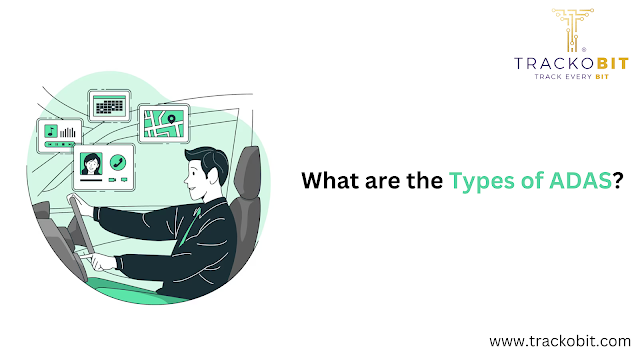what is driver monitoring system and their Functionality?

A Driver Monitoring System (DMS) is a technology designed to monitor the driver's attention, alertness, and overall condition while operating a vehicle. The primary goal of a DMS is to enhance safety by preventing accidents caused by driver distraction, drowsiness, or impairment. Key components of a Driver Monitoring System typically include: 1. Cameras: DMS usually employs inward-facing cameras positioned within the vehicle cabin to monitor the driver's face, eyes, and head movements. 2. Sensors: Some DMS may also utilize sensors to detect steering wheel movements, vehicle speed, lane departure, and other parameters related to the vehicle's operation. 3. Software Algorithms: Advanced software algorithms analyze the data captured by cameras and sensors to assess the driver's state. These algorithms can detect signs of fatigue, distraction, drowsiness, or impairment. 4. Warning Systems: If the DMS detects that the driver is not paying attention or is exhibiting signs o...

